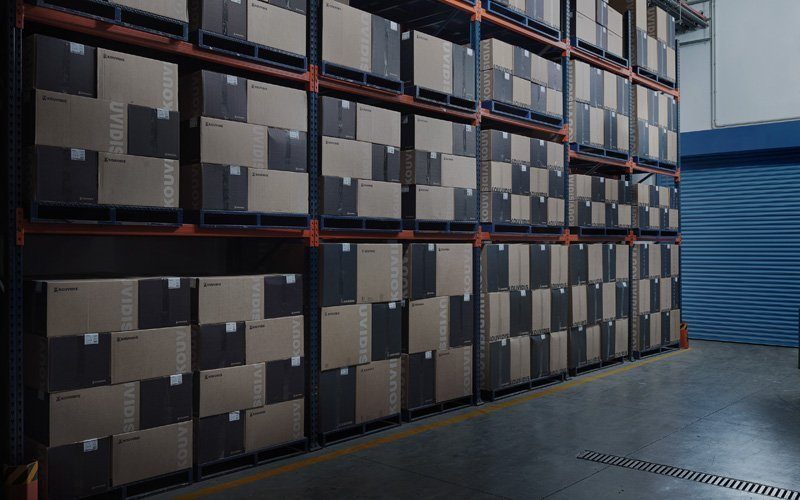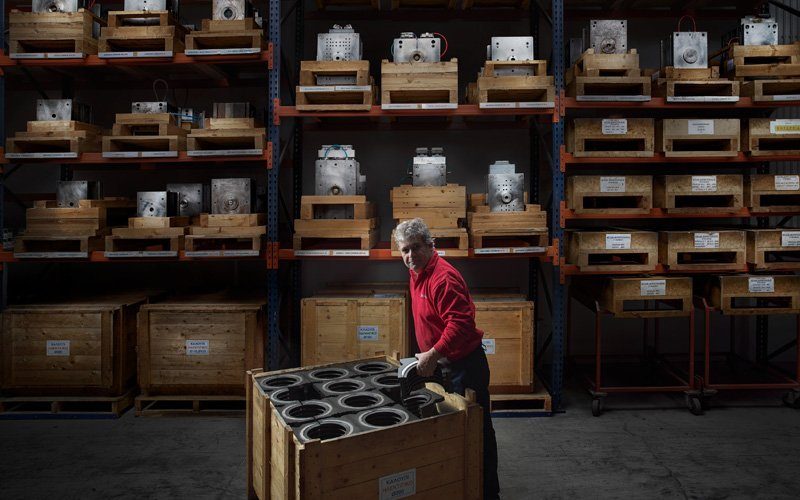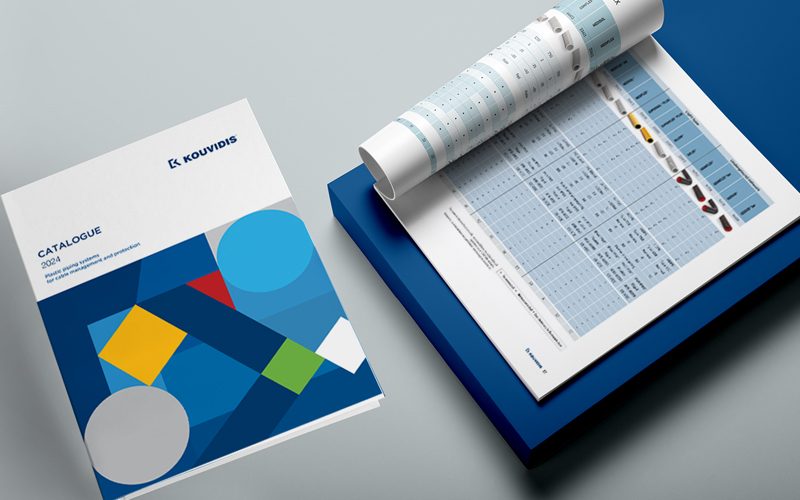- Ingress Protection (IP)
- Signs Explanation
- Color identity
- Classification code
- Loading guidelines
- Raw materials guide
- Chemical resistance

The IP international protection code defines, according to the Standard EN 60529, the degree to which a body is inaccessible to solids and liquids. It consists of two digits (e.g. IP67). The first digit stands for resistance to ingress of solid objects and dust, denominated from 0 to 6. The second digit stands for resistance against ingress of water and is denominated from 0 to 8.
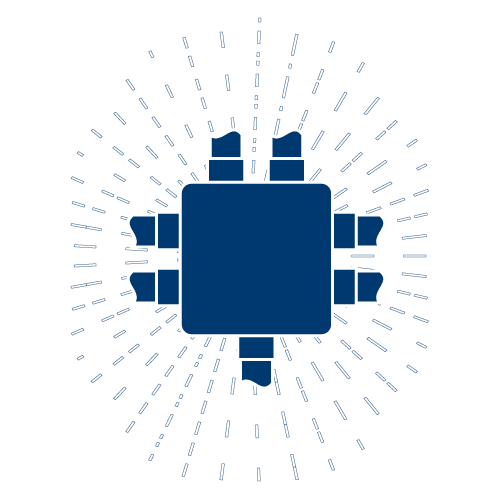

For your better information, KOUVIDIS uses several signs to ensure the proper use and installation of its piping systems. All the below mentioned signs can be found on packagings, labels or on the company’s technical documentation.


KOUVIDIS has developed a very helpful color identity for each product family in order to facilitate installer and retailer work. The color identity provides easiness when identifying, storing and distributing while it secures recognition and uniformity of each product family.
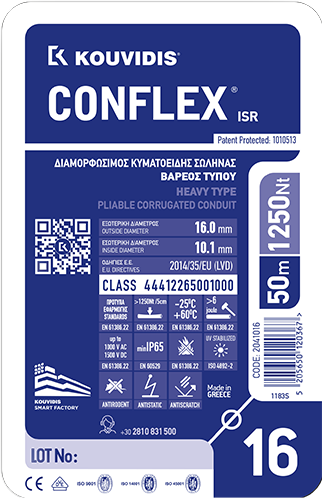

Classification code for conduit systems
According to EN 61386.01
The classification code is made of 14 digits, according to EN 61386.01, and determines conduits main properties. The first 5 digits are the most usually displayed at marking and classify conduits according to their compression resistance, impact resistance, minimum and maximum operating temperature and bending resistance.
Classification code for conduit systems buried underground
According to ΕΝ 61386-24
The classification code for buried underground conduits is made of 2 elements according to EN 61386-24 and determines the conduit’s main properties. The first element is the letter "L" or "N" which classifies the conduit according to its impact resistance whereas the second one is a three digid number 250 or 450 or 750 which classifies it according to its compression resistance.

At the below table you can find the maximum loading conditions regarding the pallets and the means of transportation that KOUVIDIS uses for deliveries abroad.
In regards to the loading of conduit pallets the following information should be considered in order to secure the safety of the people and the products. There are two ways to lift and store/load the conduits pallets.
You can lift the pallet from the one side by placing the forks along the middle wooden frame. Ensure that the forks are fully under the pallet before lifting.
You can lift the pallet from its edge by placing the forks in the pallet’s openings. In this case you will need larger pallet forks with minimum length 1,70m. Ensure that the forks are fully under the pallet laying under the first two wooden frames before lifting.

The information contained below is typical values intended for reference and comparison purposes only. They should not be used as a basis for design specifications or quality control.
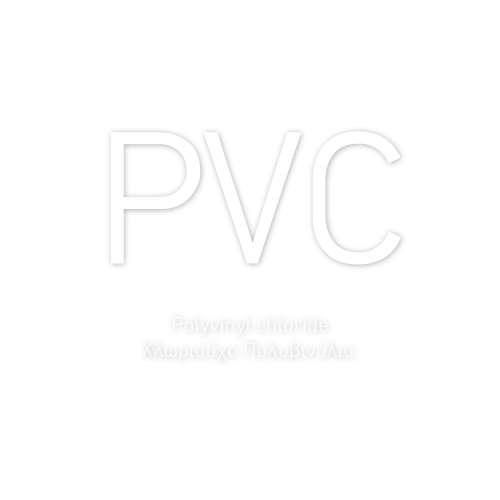

Table below is an informational guide only with general chemical characteristics of the raw materials used in KOUVIDIS products and it should not be considered as a substitute for testing under your specific conditions.
